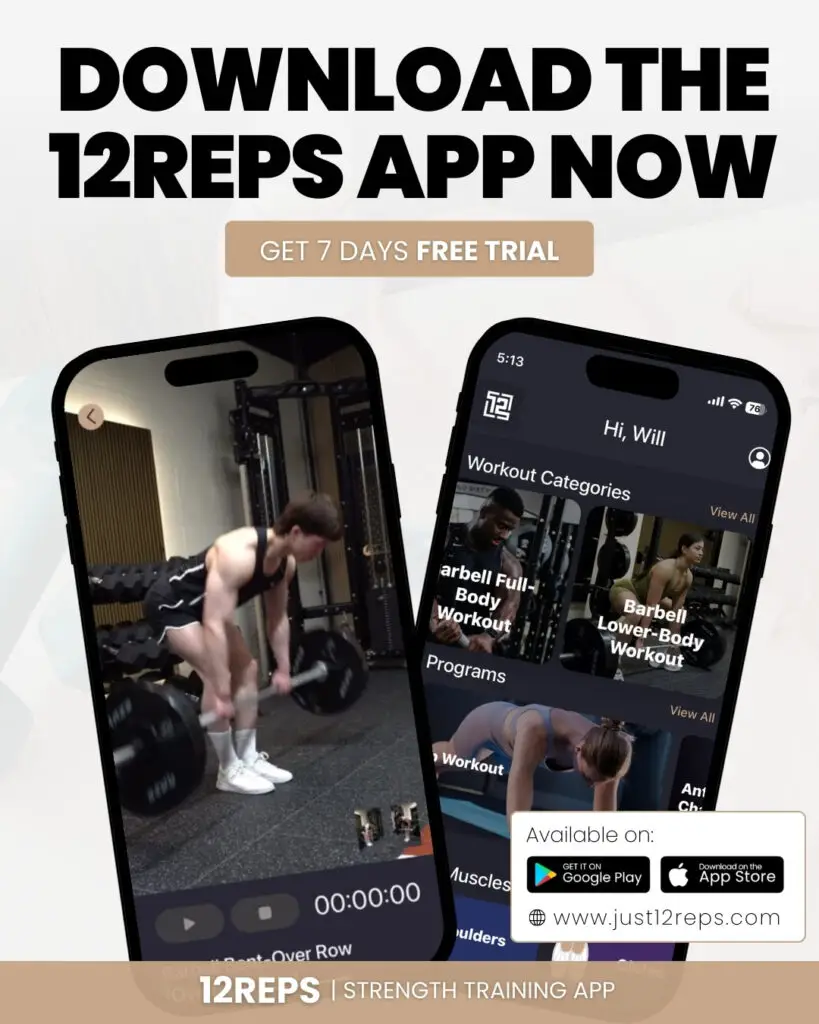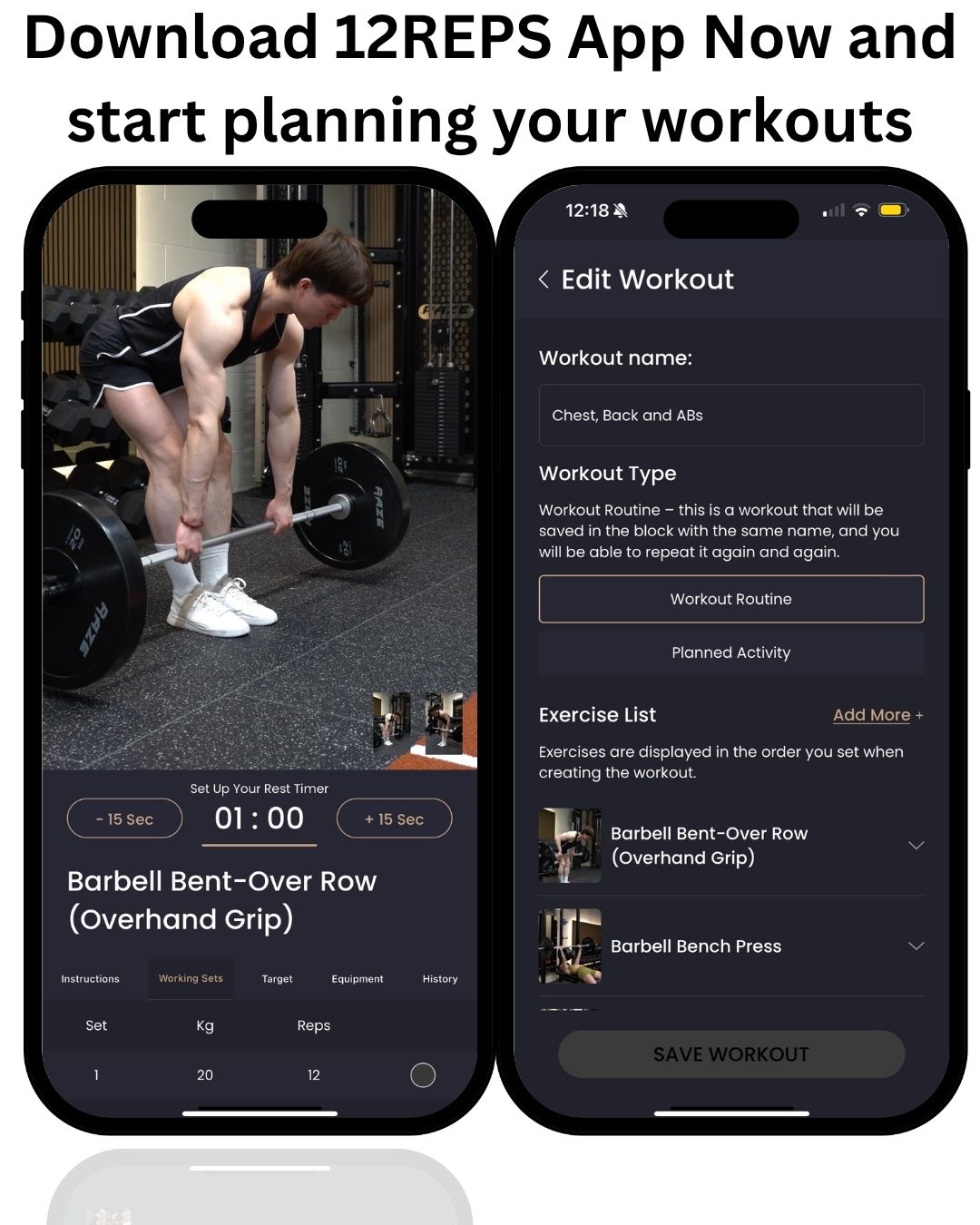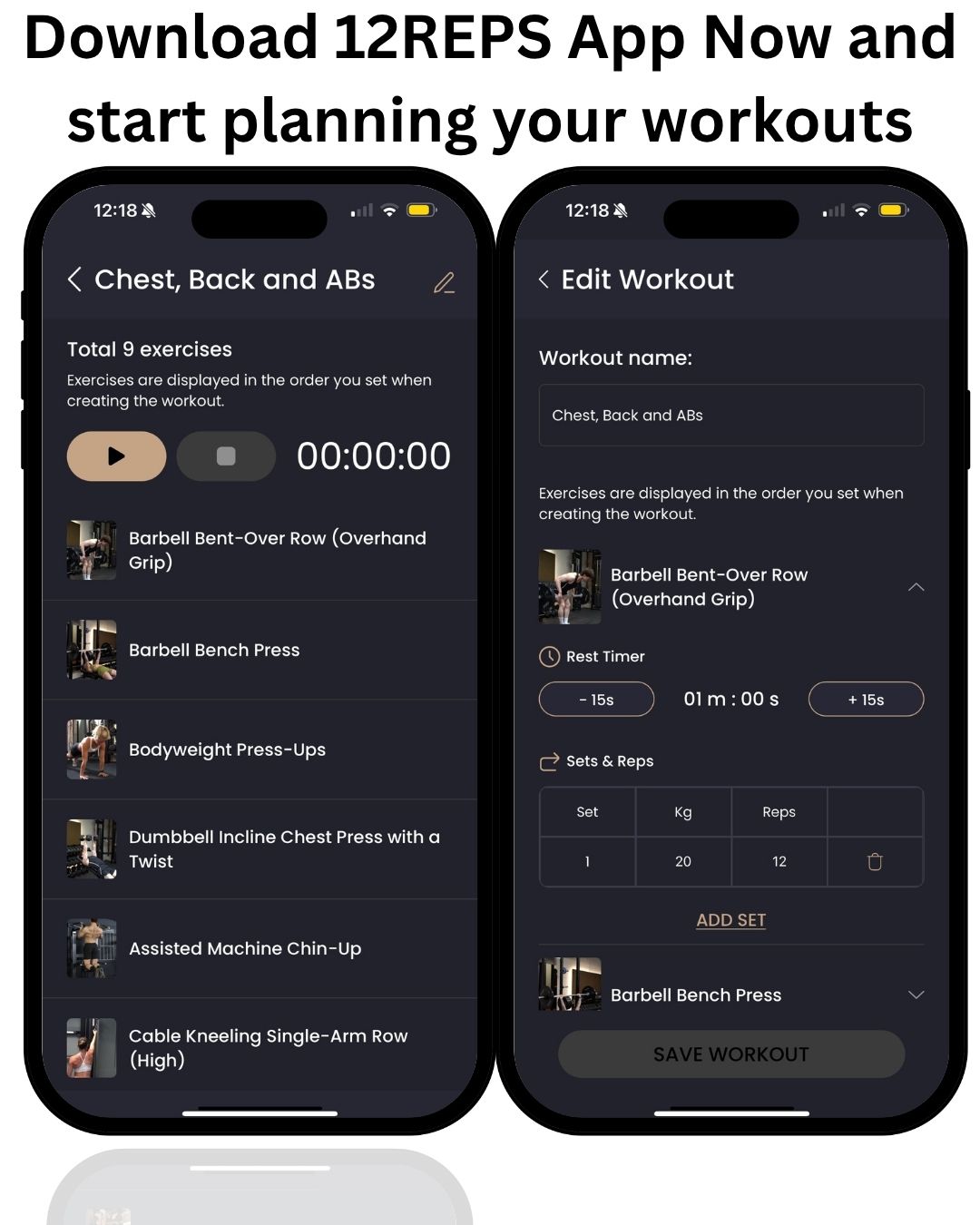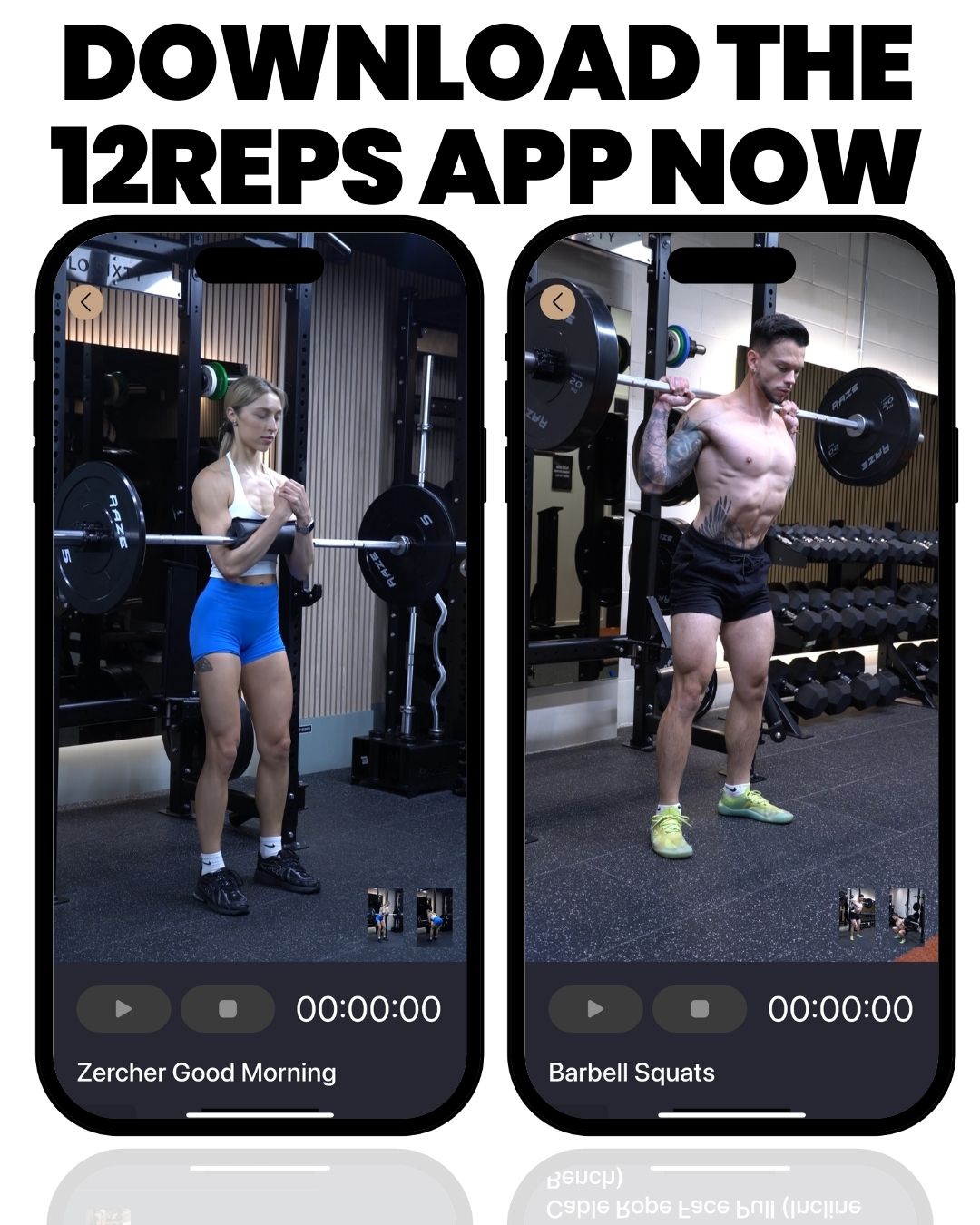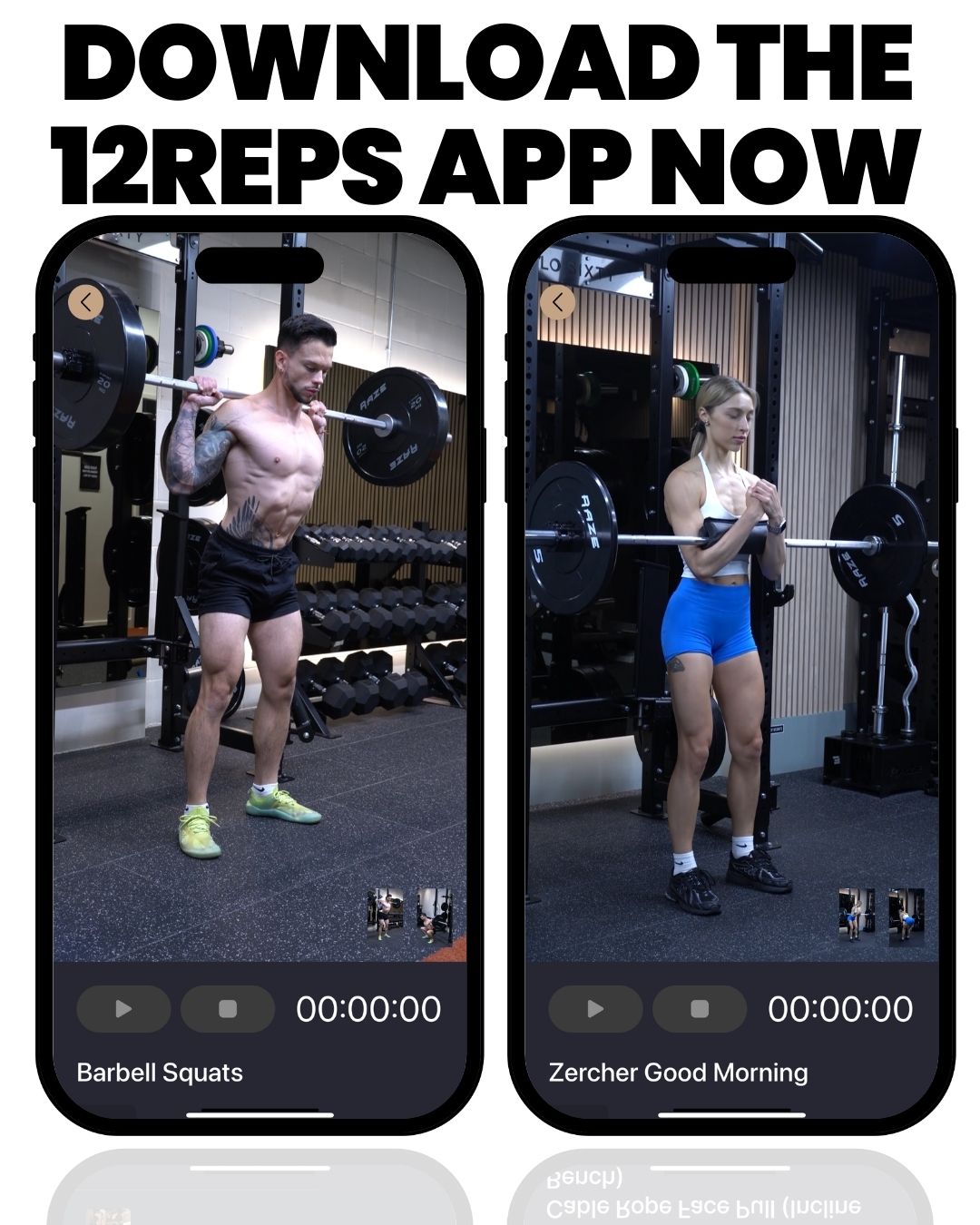After a decade of working with clients ranging from complete beginners to competitive athletes, I’ve seen countless training programs come and go. However, one system that consistently delivers exceptional results for intermediate lifters is the PHUL (Power Hypertrophy Upper Lower) training approach. In my experience, this methodology perfectly bridges the gap between pure strength training and bodybuilding, offering the best of both worlds for those serious about building both power and size. I have used this system to train clients who have gained 10-12kg of muscle mass within their first year of training with me.
Understanding the PHUL Training Philosophy
Throughout my years as a personal trainer, I’ve observed that many intermediate lifters hit a plateau because they focus too heavily on either strength or hypertrophy. PHUL eliminates this limitation by strategically combining both training styles within a single weekly framework.
The Science Behind Power and Hypertrophy Training
From my Sport and Exercise Science background, I understand that power training (typically 1-5 reps at 85-95% 1RM) primarily stimulates neurological adaptations. Your central nervous system becomes more efficient at recruiting motor units, leading to significant strength gains. However, this approach alone isn’t optimal for muscle growth. Conversely, hypertrophy training (8-15 reps at 65-80% 1RM) creates the metabolic stress and mechanical tension necessary for muscle protein synthesis. The higher volume and time under tension trigger the cellular processes that lead to muscle growth.
Why I Recommend Combining Both Approaches
In my practice, I’ve found that clients who alternate between these training styles experience:
Enhanced Strength Development: The heavy power days build your foundation strength, enabling you to handle heavier weights during your hypertrophy sessions. This creates a positive feedback loop where strength gains fuel muscle growth.
Optimised Recovery: By alternating between high-intensity, low-volume power days and moderate-intensity, high-volume hypertrophy days, your central nervous system gets adequate recovery whilst maintaining training stimulus. Reduced Training Monotony: The variety keeps clients engaged and prevents the psychological staleness that often leads to training plateaus.

PHUL Program Structure and Implementation
Based on my experience with hundreds of clients, the standard PHUL structure works exceptionally well:
Day 1: Upper Power Day 2: Lower Power Day 3: Rest Day 4: Upper Hypertrophy Day 5: Lower Hypertrophy Day 6-7: Rest This schedule ensures each muscle group receives adequate stimulus twice weekly whilst allowing sufficient recovery between sessions.
Power Days: Building Your Foundation
On power days, I focus my clients on compound movements that allow for maximum loading:
Upper Power Day:
•Barbell Bench Press: 4 sets x 3-5 reps
•Bent-Over Barbell Row: 4 sets x 3-5 reps
•Overhead Press: 3 sets x 3-5 reps
•Weighted Pull-ups: 3 sets x 5-8 reps
•Close-Grip Bench Press: 3 sets x 6-8 reps
•Barbell Curls: 2 sets x 6-8 reps
Lower Power Day:
•Back Squat: 4 sets x 3-5 reps
•Romanian Deadlift: 3 sets x 5-8 reps
•Leg Press: 3 sets x 6-8 reps
•Standing Calf Raises: 4 sets x 6-8 reps
The key here is progressive overload. I track every client’s lifts meticulously, ensuring they’re consistently adding weight or reps week to week.
Hypertrophy Days: Maximising Muscle Growth
Hypertrophy days shift focus to higher volume and mind-muscle connection:
Upper Hypertrophy Day:
•Incline Dumbbell Press: 4 sets x 8-12 reps
•Flat Dumbbell Press: 3 sets x 8-12 reps
•Seated Cable Row: 4 sets x 8-12 reps
•Lat Pulldown: 3 sets x 8-12 reps
•Lateral Raises: 3 sets x 12-15 reps
•Face Pulls: 3 sets x 12-15 reps
•Dumbbell Curls: 3 sets x 10-12 reps
•Tricep Pushdowns: 3 sets x 10-12 reps
Lower Hypertrophy Day:
•Leg Press: 4 sets x 12-15 reps
•Leg Extensions: 3 sets x 12-15 reps
•Lying Leg Curls: 3 sets x 12-15 reps
•Walking Lunges: 3 sets x 12 reps each leg
•Seated Calf Raises: 4 sets x 12-15 reps
Progression Strategies I Use With Clients
Linear Progression for Beginners to PHUL
For clients new to PHUL, I implement simple linear progression. Each week, we aim to add 2.5-5kg to compound lifts or increase reps within the prescribed range.
Double Progression for Intermediate Lifters
Once linear progression stalls, I use double progression: increase reps first, then weight. For example, if a client performs 3 sets of 8 reps at 80kg, they’ll work up to 3 sets of 12 reps before increasing to 82.5kg and dropping back to 8 reps.
Periodisation and Deload Weeks
Every 4-6 weeks, I program a deload where volume and intensity drop by 40-50%. This isn’t time off—it’s strategic recovery that allows supercompensation and prevents overreaching.

Common Mistakes I See and How to Avoid Them
Ego Lifting on Power Days
Many clients want to max out every power session. I emphasise that power days should be challenging but controlled, leaving 1-2 reps in reserve to maintain form and prevent injury.
Insufficient Focus on Hypertrophy Days
Some clients treat hypertrophy days as “easy” sessions. I stress that whilst the weight is lighter, the focus on time under tension and muscle contraction should be intense.
Neglecting Recovery
Recovery is where adaptation occurs. I ensure clients understand that sleep, nutrition, and stress management are as important as the training itself.
Customising PHUL for Individual Needs
Exercise Substitutions
Not everyone can perform every exercise. I regularly substitute movements based on individual limitations:
•Bench press → Dumbbell press for shoulder issues
•Back squats → Front squats for mobility restrictions
•Pull-ups → Lat pulldowns for strength limitations
Volume Adjustments
Some clients respond better to higher or lower volumes. I monitor recovery markers and adjust set numbers accordingly whilst maintaining the power/hypertrophy split.
The Role of Nutrition and Recovery
From my experience, PHUL’s demanding nature requires particular attention to recovery protocols:
Nutrition: I recommend 1.6-2.2g protein per kg bodyweight, adequate carbohydrates to fuel training, and sufficient calories to support muscle growth.
Sleep: 7-9 hours of quality sleep is non-negotiable for optimal recovery and adaptation.
Stress Management: Chronic stress elevates cortisol, which can impair recovery and muscle growth.
When to Progress Beyond PHUL
PHUL typically serves clients well for 6-12 months. Signs it’s time to progress include:
•Consistent inability to add weight or reps
•Loss of motivation despite adequate recovery
•Specific goals requiring specialised training

Conclusion
After implementing PHUL with countless clients over the years, I can confidently say it’s one of the most effective intermediate training systems available. The combination of strength and hypertrophy training, structured within an upper/lower split, provides the perfect stimulus for continued progress.
The key to success with PHUL lies not just in following the template, but in understanding the principles behind it. Focus on progressive overload, maintain excellent form, prioritise recovery, and trust the process. The results will speak for themselves.
Remember, consistency trumps perfection every time. Stick to the program, track your progress, and adjust as needed based on your individual response. Your future self will thank you for the dedication you show today.
